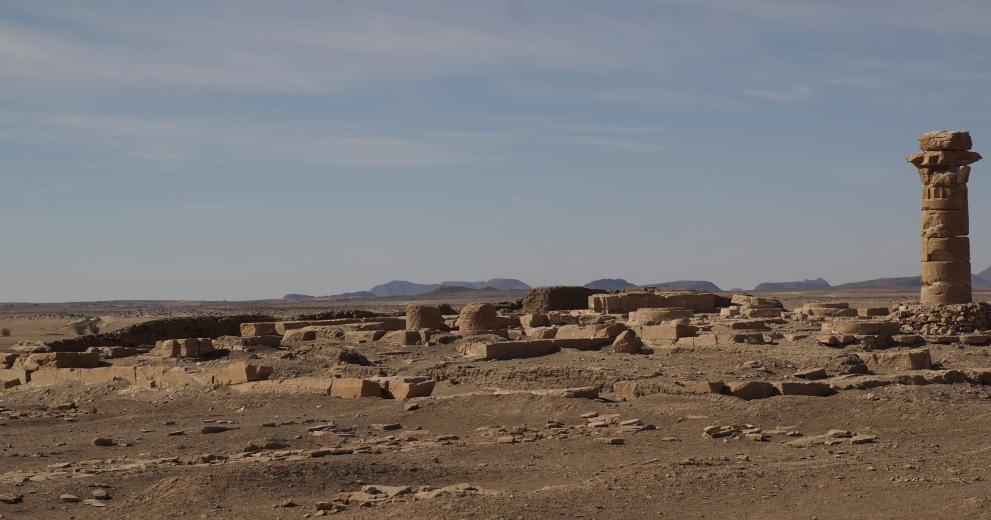- kleine Gruppen von maximal 11 Reisenden
- individuelle und selbstgeführte Reisen
- Begleitung durch einen Wissenschaftler auf der gesamten Tour
- einzigartige Routen und optionale Erweiterungen
- Partnerschaften mit archäologischen Projekten und lokalen Gemeinschaften
- exklusiver Zugang und einmalige Einblicke in die archäologische Arbeit
- individuelle Betreuung und Liebe zum Detail

Sesebi
Sesebi is a fortified temple-town on the western bank of the Nile below the Third Cataract. Recent research suggests that a settlement at the site existed since the early 18th dynasty. Much of the extant town, however, derives from the early reign of Amenhotep IV, before he changed his name to Akhenaten. Foundation deposits from the enclosure wall surrounding the site contained his name. The town has a regular layout with streets and blocks of houses organised in a grid pattern.
The two temple complexes at the site were also constructed during the reign of Amenhotep IV/Akhenaten. The main temple is actually a triple structure with three chapels dedicated to Amun, Mut and Khonsu, which open onto a shared courtyard. This complex occupies the northwestern corner of the town and was built onto a foundation platform which incorporates numerous column drums from an earlier construction. The three columns which are still standing upright today are part of the central chapel. Walls and columns from this temple were redecorated under Sethos I and Ramses II. The second complex probably dates from later in the reign of Akhenaten. It is aligned with the northern section of the enclosure wall and represents a sun temple.
Sesebi seems to have been abandoned during or soon after the reign of Ramesses II. It was reoccupied in the Napatan period.
Cemeteries, which are located west and southwest of the town, also show evidence of New Kingdom and Napatan occupation. On top of Jebel Sese, about one kilometre north of the town site, remains of a fortress, which have been provisionally dated to the medieval and Ottoman periods, are preserved. The mountain offers a strategic view over the plain and the river.